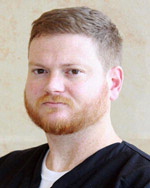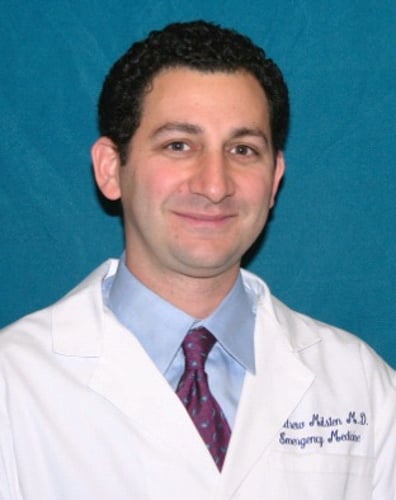Disaster Medicine and Emergency Management

John Broach, MD, MPH
Division Director

Andrew Milsten, MD
Fellowship Director
The division of Disaster Medicine and Emergency Management was formed in October 2007 as part of University of Massachusetts’s Department of Emergency Medicine. The division has grown over the years and disaster medicine work is currently covered in 3 distinct areas: Education, Operations and Research.
Education
The disaster medicine division is committed to education and teaching of students at all levels. In April, 2008 we received approval from the Graduate Education Committee to develop a Disaster Medicine & Emergency Management Fellowship and our first fellow began the program in 2009. Since that time, we have graduated 7 fellows who have gone on to practice emergency medicine with disaster medicine in a variety of locations (academic and community. Florida, Pennsylvania, Massachusetts and Connecticut). For more information about the disaster medicine and emergency management fellowship: www.umassdisastermedicinefellowship.com. The division faculty are involved in teaching and disaster medicine initiatives such as curriculum development at the local, regional and national levels. This includes a regular DM lecture series, specific EM resident disaster education including a simulated active shooter scenario, annual day-long 3rd year medical student disaster education day that includes hands-on PPE, BDLS/ADLS courses (http://www.ndlsf.org/) and yearly lectures to the Tan Chingfen Graduate School of Nursing.
Research
The disaster division has multiple on-going research projects. There have been several recent publications from division faculty: The Availability of Pralidoxime to Massachusetts Region 2 Hospitals for treatment of organophosphate intoxication; High Amplitude Atlantic Hurricanes Produce Disparate Mortality in Small Low-Income Countries and Mass Gathering Medical Care: Resource Document for the National Association of EMS Physicians Position Statement. Several other studies have been submitted and are in the peer-review process: Facial Recognition Software as an Aid in Identifying Victims of Disaster; Mosh Pit Injuries and CEEPET / DPH Needs Assessment Survey analysis. The division recently conducted a day-long interagency disaster exercise, where several MCI triage research protocols were running simultaneously (http://boston.cbslocal.com/2016/09/20/worcester-active-shooter-drill-dcu-center-umass-medical/). Other work continues on mass gathering medicine, Rabies post-exposure prophylaxis in disasters and Frequency of Positive eFAST Exams in Trauma Patients Meeting START Triage Criteria for Delayed Treatment.
Operations
UMass Memorial Medical Center has a robust and active Emergency Management program with several ongoing initiatives: Emergency Management Committee and Subcommittees; Joint Commission related activities; Community / Regional participation through the Worcester Metropolitan Medical Response System [MMRS] Program. UMass is home base for MA-2 Disaster Medical Assistance Team [DMAT] and the division faculty have responded to disasters such as the Haiti earthquake (2010) and Hurricane Sandy (2012). The division works with all healthcare providers at UMass for EID (emerging infectious disease), MCI, Active shooter and general disaster planning.
Links
• Center of Excellence for Emergency Preparedness Education and Training